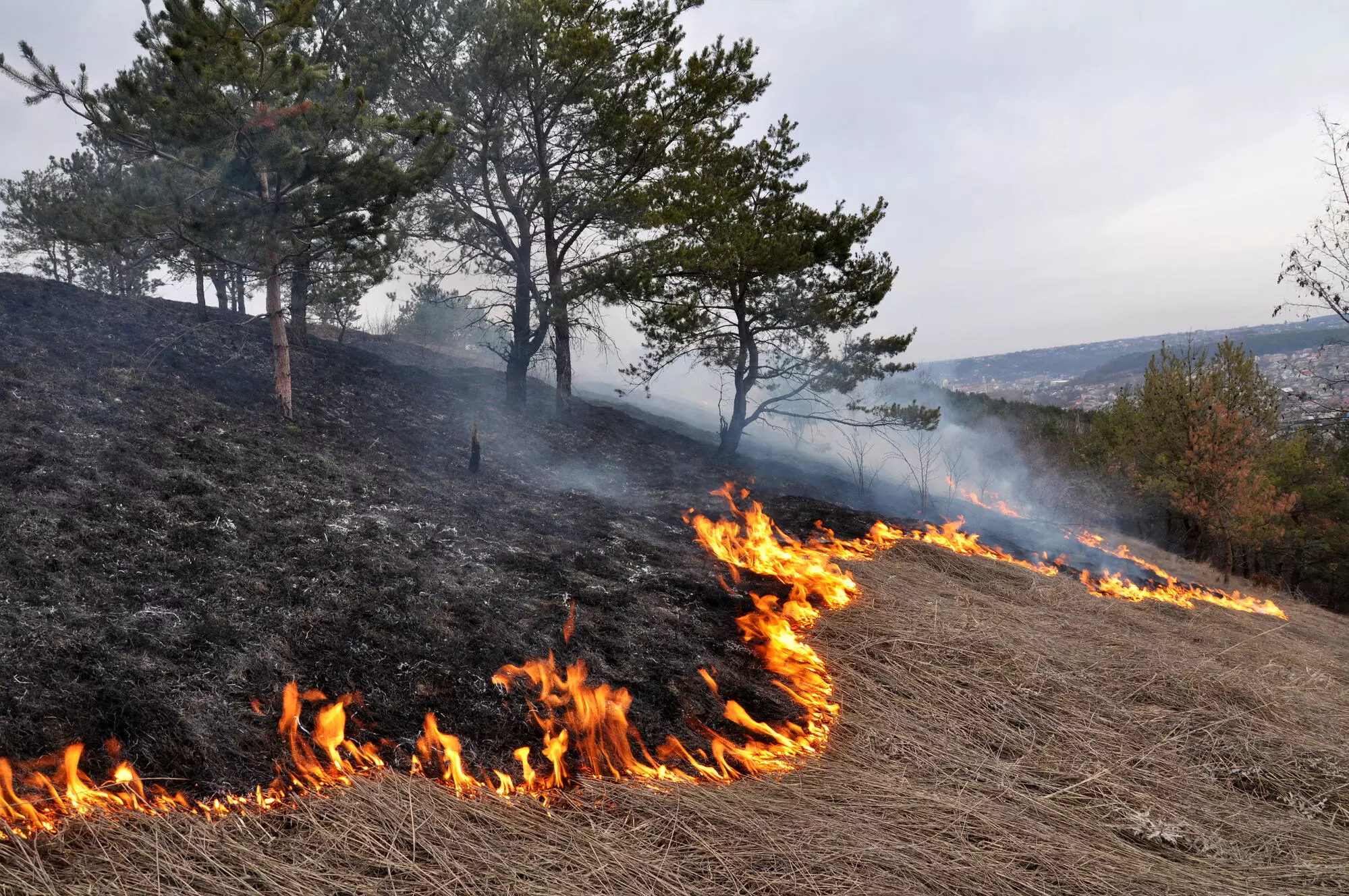
Pacific Gas & Electric agreed to a $50 million settlement with Shasta County District Attorneys as the result of the massive utility starting the Zogg Fire in 2020.

The blaze began on September 27, 2020. The fire killed four people, burned more than 56,000 acres and led to criminal charges against PG&E (which have now been dropped).
According to Cal Fire, the Zogg Fire began when a tree fell on a PG&E distribution line. There had been a tentative court order finding no evidence that multiple inspection of the area fell below industry standards.
However, there were protestors who opposed the judge’s ruling, and they gathered outside the courthouse to speak their minds. PG&E held firm, claiming they did not commit any crime in a news release they put out.
In the settlement, PG&E agreed to pay:
- $45 million to support organizations that continue to rebuild and assist those impacted by the fire
- $5 million penalty directly to Shasta County
There was a separate $150 million settlement approved between PG&E and the California Public Utilities Commission earlier this month. Under that agreement, PG&E will pay $10 million to California’s General Fund and $140 million to shareholder funds used to develop new wildfire initiatives. These initiatives are designed to reduce future wildfire risks.
The $50 million settlement will end the People v. Pacific Gas & Electric Co. lawsuit, Case No. 020363 in Shasta County Superior Court.
“These fires continue to destroy public and private lands, take human lives and emit dangerous amounts of toxins into the air,” said fire litigation attorney Gerald Singleton. “We hope PG&E will focus on efforts to end these fires, so that people no longer have to worry about their safety.”
Singleton Schreiber is the premier fire litigation firm in America, representing more than 13,000 victims of utility fires over the years and recovering more than $2 billion in settlements and verdicts for clients. With offices in California, Oregon, and New Mexico, the firm is one of the few with “boots on the ground” in these fire-prone areas.
